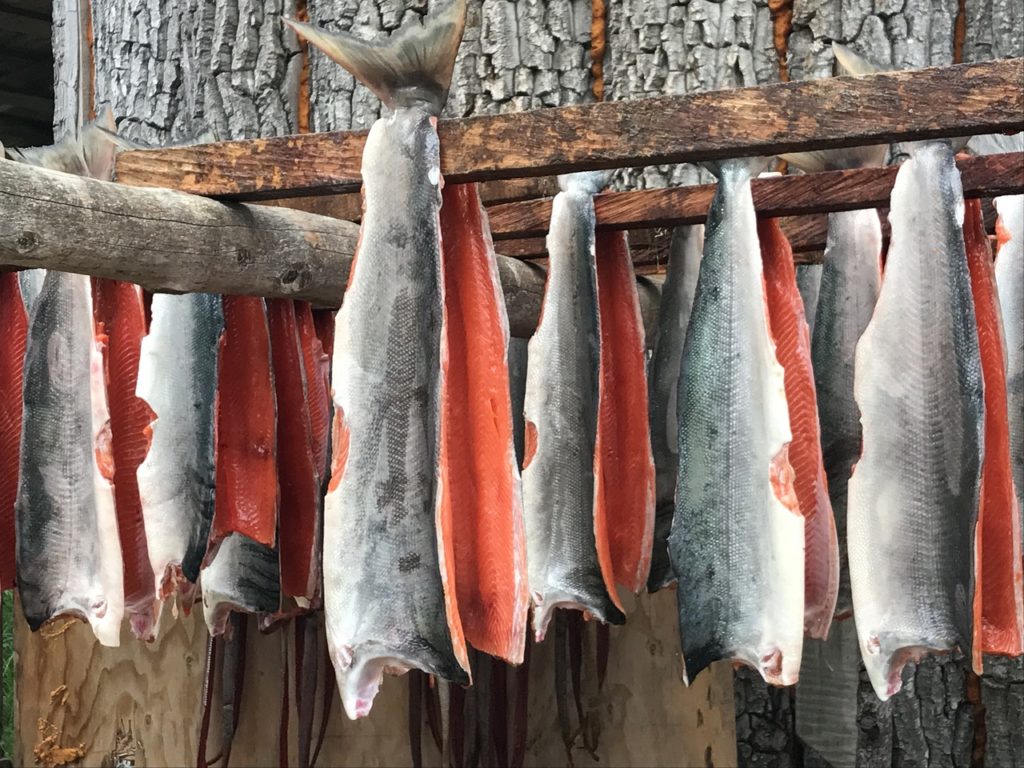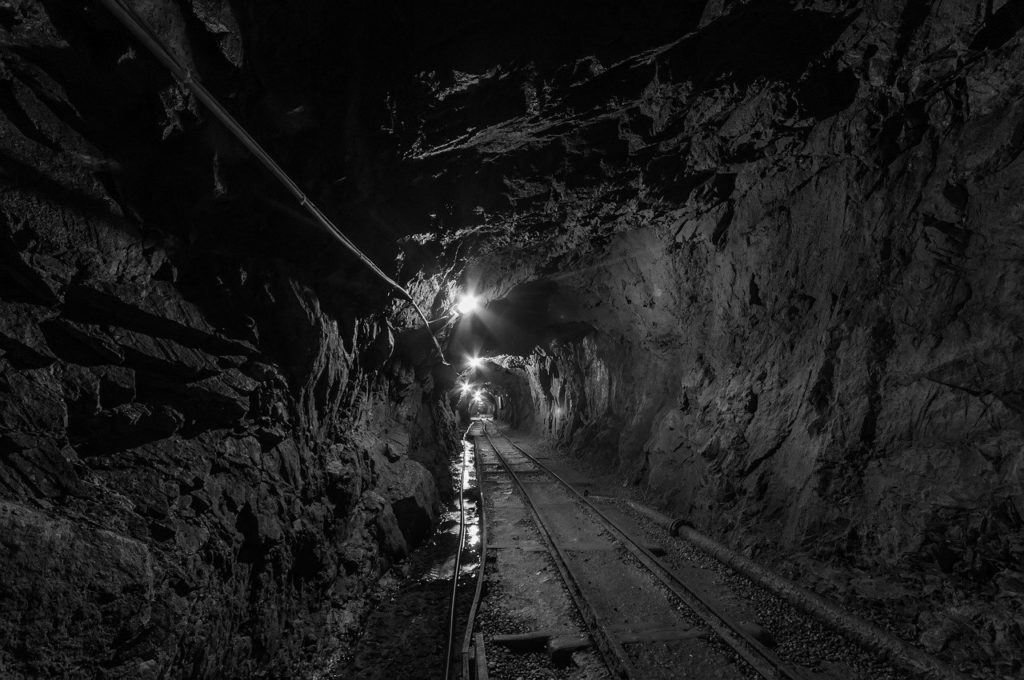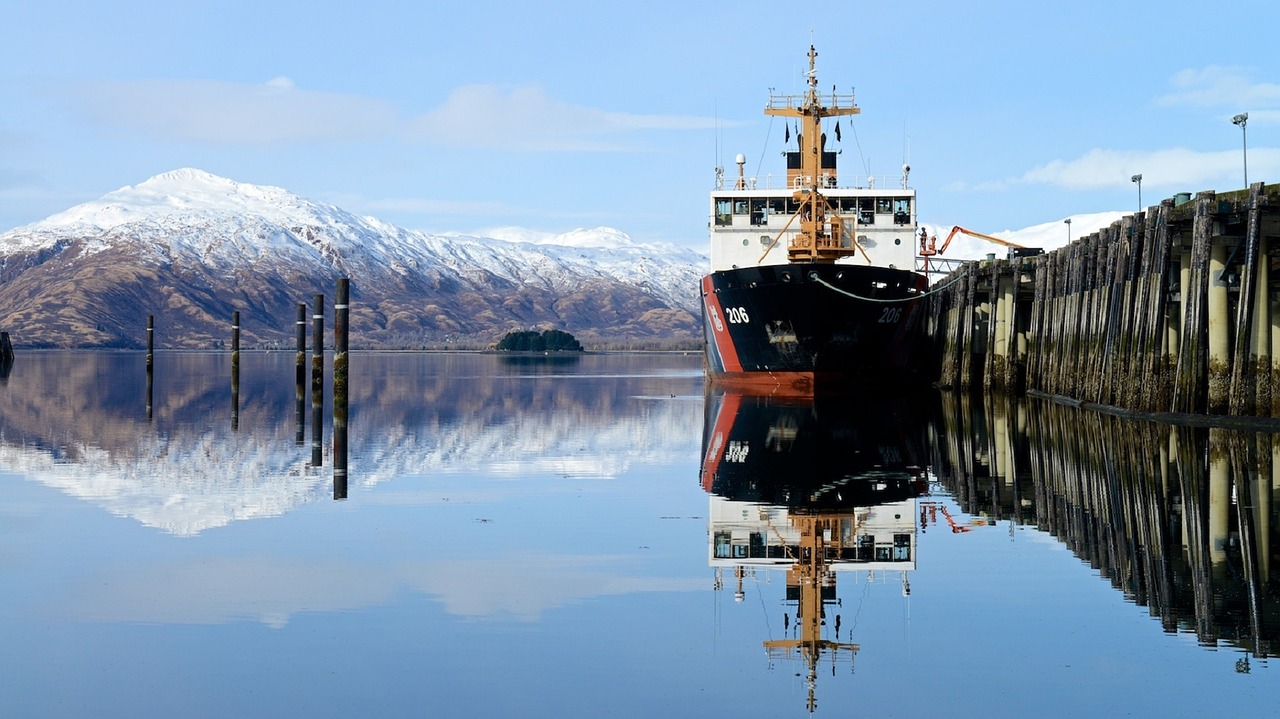Late in 2017, in the small salmon-fishing town of Dillingham, Alaska, a mining firm filed paperwork to obtain a permit for the development of a new open-pit gold and copper mine upstream. Residents in this town of 2,300 people, whose livelihood centers on fishing, are worried that their economic well-being and the safety of their environment are threatened by this development of the Pebble deposit.
The proposed mining operation would be located at the Bristol Bay watershed. This is the center of one of the largest and best-known wetland ecosystems dedicated to sockeye salmon fishing. The new mining development has received a go-ahead from the Trump administration.
However, the administration is not disputing a report issued under former President Obama stating that such a project would severely damage the region’s ecologically- and economically-vital salmon run. Here’s what you need to know about the history of the area and the current legal battle to save it.
1. The EPA studied this issue during the Obama administration.
During the Obama administration, the Environmental Protection Agency drew on three years of scientific investigation to conclude that mining should not be permitted in the area. Obama officials cited a provision of the Clean Water Act to support their conclusions that this stance was justified in view of the likelihood of “irreversible” damage to the Bristol Bay region’s salmon habitats.
Then, a CNN news investigation reported in August 2019 that the EPA had withdrawn its concerns about the Pebble deposit mine project in June. This occurred only a day after President Trump spoke briefly with Alaska’s pro-mining governor.

2. The EPA’s reversal occurred under the Trump administration.
According to internal departmental sources, EPA administrators suddenly contacted the organization’s Seattle office, letting staff there know of the reversal of the previous special safeguards covering Bristol Bay. Leading EPA scientists were reported to be in complete shock at the decision.
These scientists allegedly voiced concerns at having their objective determinations about environmental safety and quality overruled by political appointees. However, this apparent shift in stance was not as sudden as it perhaps first appeared.
In 2017, President Trump’s then-EPA head Scott Pruitt invalidated the protections afforded to Bristol Bay waters after meeting privately with the CEO of the Canadian-owned Pebble Limited Partnership, the mining firm at the center of the controversy. CNN reporting brought that decision into public view, and Pruitt subsequently restored the protections after public outcry.
3. The mine would be extremely large and require dedicated infrastructure.
Pebble Limited Partnership has outlined its proposal as involving a mine that would deliver a fraction of its copper and gold to the market over the course of two decades. Company leaders have acknowledged the potential for extensive future demand for mineral recovery at the site, as anticipated worldwide needs for copper show no signs of diminishing.
The proposed mining site, according to the company, would consist of an open pit more than a mile across. Additionally, the site would require a dedicated power plant, a ferry to transport the mined minerals to port, and a 200-mile pipeline for the transportation of natural gas to supply the plant.
The EPA has acknowledged that the mine could become almost as big as the island of Manhattan and reach a depth close to that of the Grand Canyon. It could produce enough waste to fill a football stadium almost 4,000 times over.
4. Even a small, accident-free mine would endanger the ecosystem.
Everyday operations of the mine would likely wipe out 90 or more miles of salmon-rich waterways over thousands of wetland acres. Furthermore, the mine site lies in a seismically-active region. This has led to well-founded fears of extensive earthquake damage to the mine, unleashing even more of its waste into surrounding waterways.
Reporters have asked the company’s leadership if they can guarantee there will never be toxic waste spillage into the waters that sustain the region’s salmon. The answer: a blunt “no.” The Bristol Bay Watershed Assessment, the Obama Administration’s 2014 EPA document, analyzed potential mines of three different sizes. It concluded that a mine of any size was associated with notable risk to the health of local fisheries. This was the case of both ordinary work within the mines as well as sudden accidents.
Advocates for environmental protection in the area have stated that the mine could not be in a worse location with regards to its potential effect on human health and the salmon fishing industry. It would have significant detrimental effects on some of the streams and wetlands upon which the salmon are dependent. Dillingham’s economy revolves around salmon fishing. The industry forms the backbone of its Native and non-Native cultures as well.

5. The pros and cons of mining must be weighed against the needs of the community.
Experts believe that there may be more than 100 million ounces of gold, and possibly 80 billion pounds of copper, lying within the Pebble deposit. This presents two competing calculations involving economics.
First, copper is a vital component in the manufacture of high-tech products such as solar energy panels and smart phones. The proposed mine, which would be one of the largest open-pit operations anywhere in the world, could establish about 3,000 jobs.
However, the Dillingham region’s salmon industry already supports at least 14,000 jobs and generates about $1.5 billion annually. Approximately half of the entire global production of sockeye salmon originates in Bristol Bay.
6. The approval violates established protocol.
In February 2018, news media noted that the United States Army Corps of Engineers had been handed the task of delivering a required environmental impact statement on the Pebble deposit project. The Corps chose an engineering company to assemble the information.
The provisions of the Clean Water Act allow local EPA officials to block activities that their research has shown to present environmental dangers. Instead, it has overruled its own local staff and refused to halt the Pebble Limited project.
Effectively, the EPA has greenlit the Corps of Engineers to determine whether to issue Pebble Limited Partnership its requested permit. Environmentalists and Pacific Northwest EPA staff have already cited the Corps’ initial reports on the matter as flawed and inadequate.
7. Politicians of both parties have expressed concern.
Several former EPA heads, including former New Jersey Republican governor Christine Todd Whitman, have spoken out publicly on the topic. They say construction of the mine should not be allowed to go forward.
Speaking with CNN, Whitman expressed the view that the current Administration’s disregard for the findings of experts in this matter is the most disturbing part of the situation. Whitman further stated that she anticipates a spate of lawsuits against the mining concern from Native Alaskan groups, environmental organizations, and others.
Alaska Senator Lisa Murkowski, another Republican, has also voiced her concerns. She points to the inadequacies of the Army Corps’ drafted statement on the environmental impacts the project would present.
8. A variety of groups are working to reverse this decision.
The environmental nonprofit law collective Earthjustice is one of more than one dozen groups that have filed a lawsuit against the EPA. The charge: that the agency has been derelict in its duty to safeguard the waters, wildlife, human communities, and local salmon industry against the potentially enormous depredations of the Pebble mine.
This suit and others allege that the EPA violated federal law with its most recent withdrawal of support of the 2014 determination that supported protection for the Bristol Bay watershed.
Experts anticipate the permitting process that would allow Pebble Limited Partnership to begin mining will take years. This may buy activists enough time to reestablish proper environmental oversight of the region. If they don’t succeed, it won’t be for lack of commitment.

